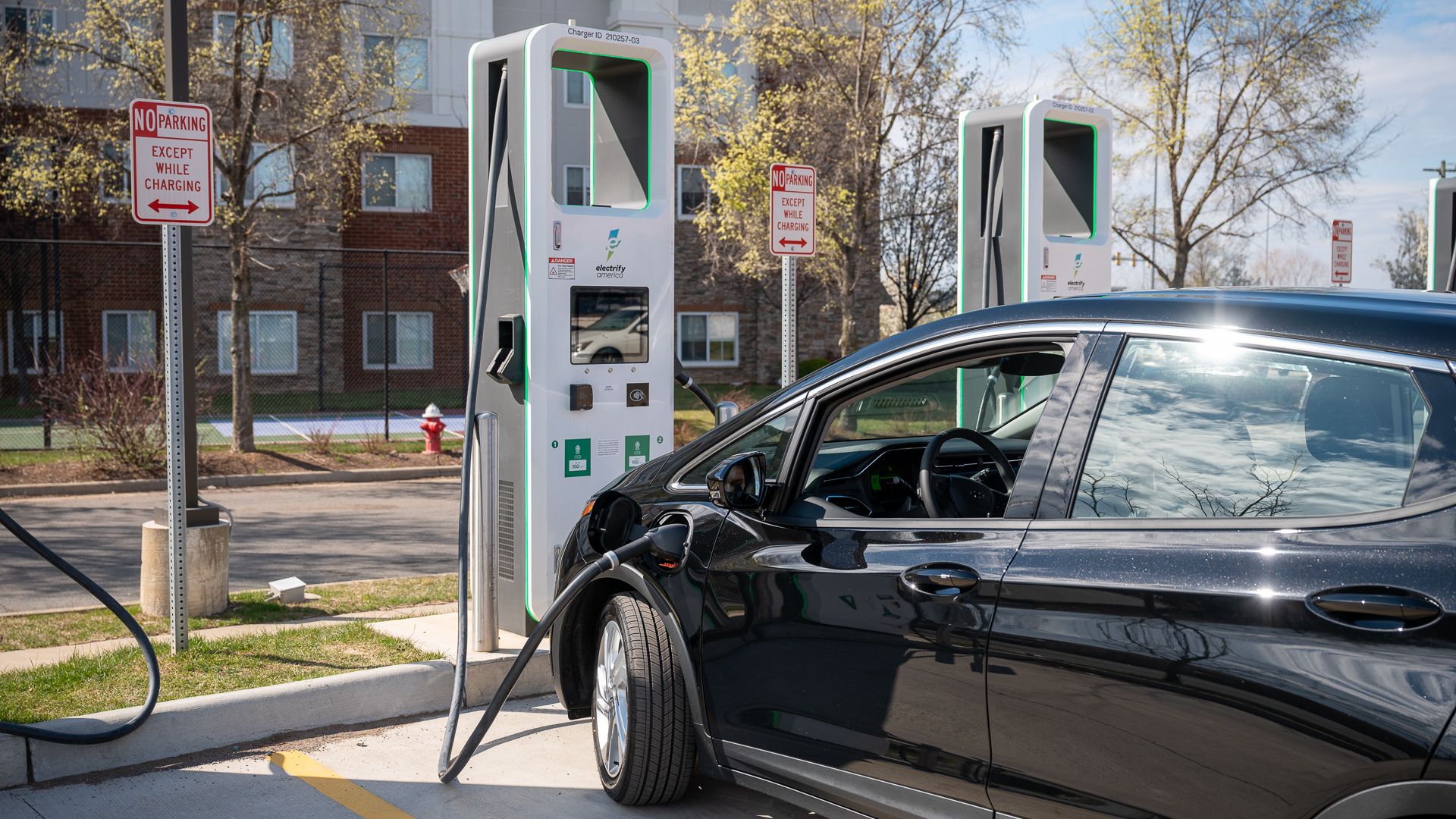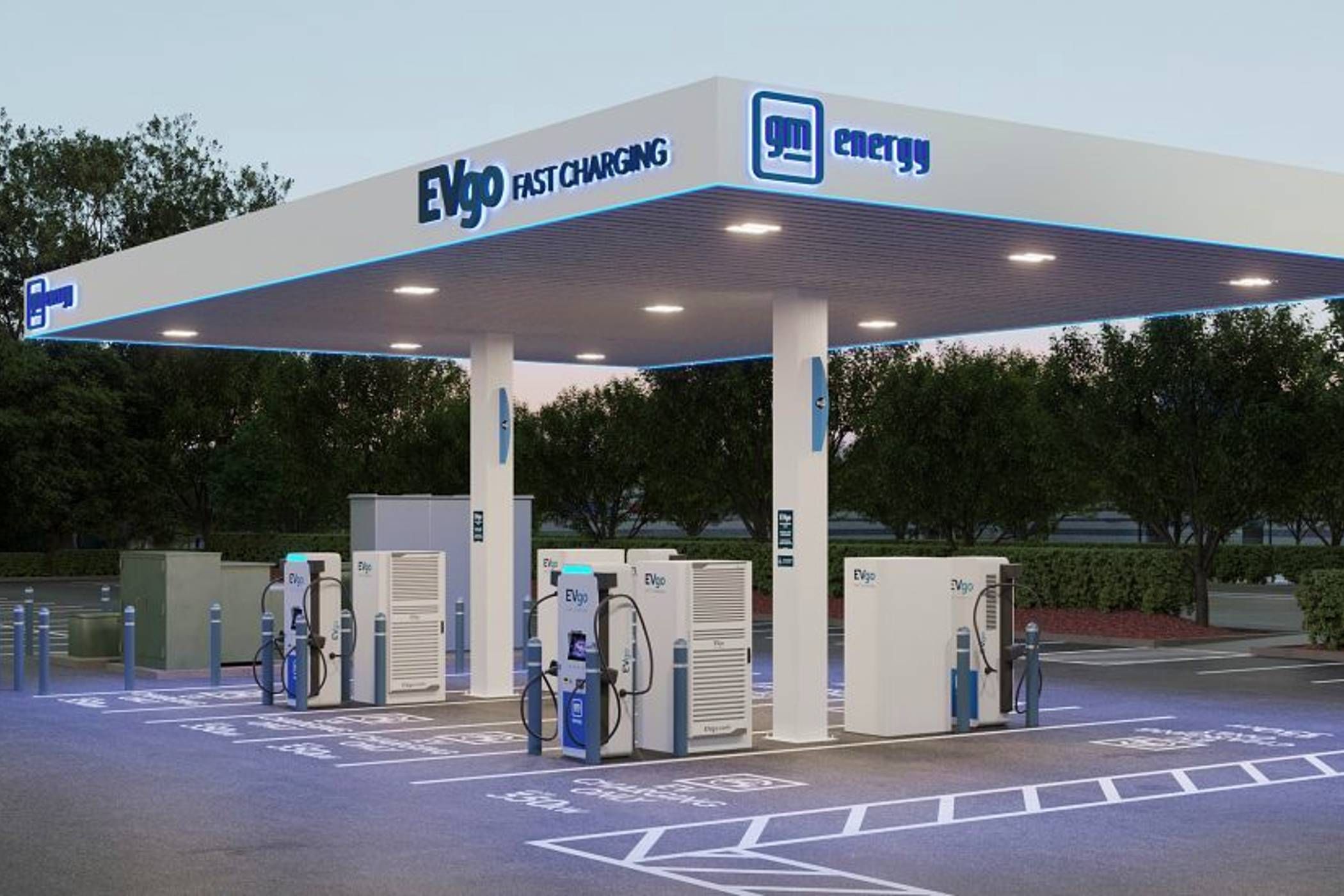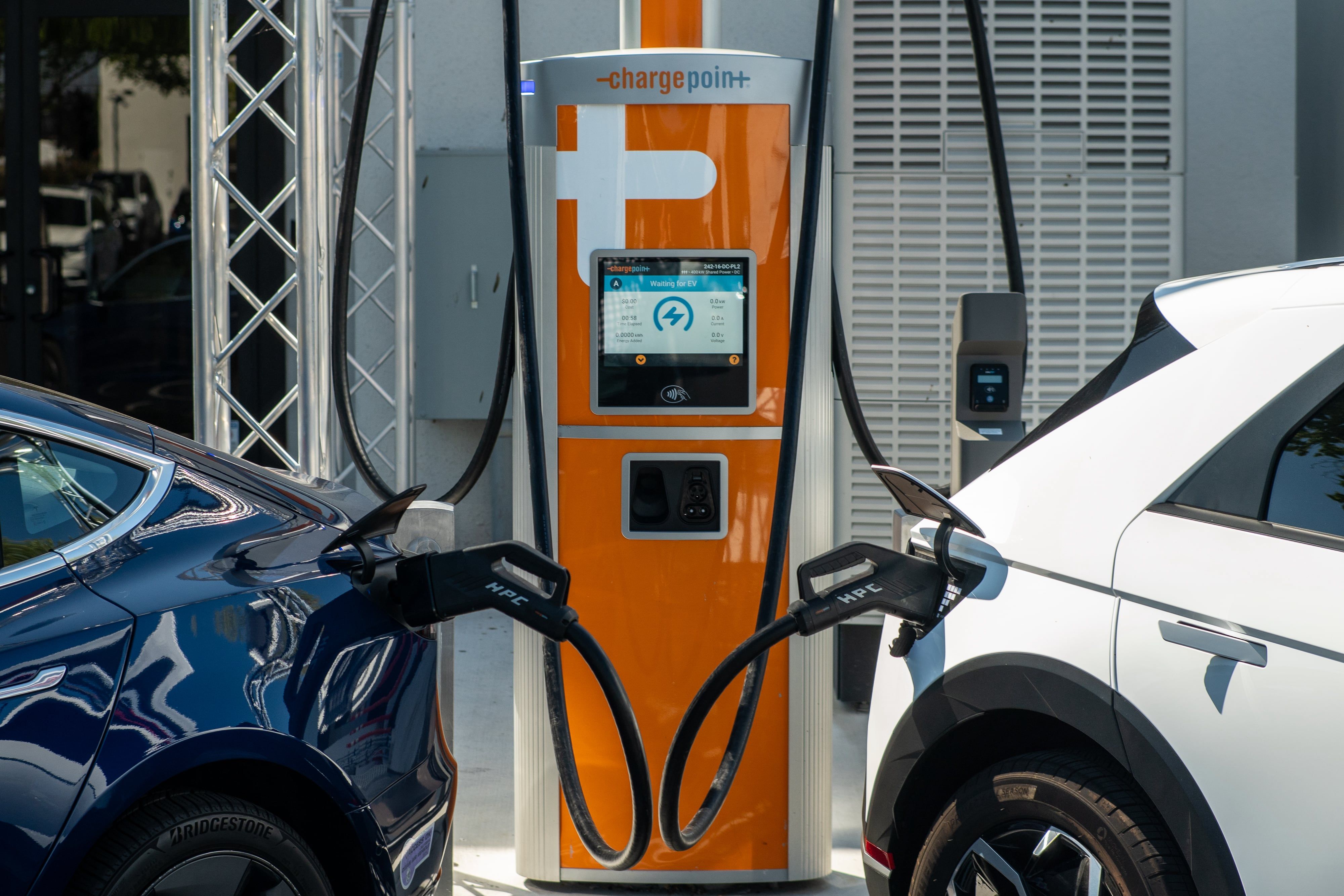BYD has unveiled “megawatt” charging on its Super e-Platform able to provide 250 miles of range in under 5 minutes. This news is exciting, but it won’t have an impact on most drivers for a long time, even if it were to be widely deployed around the world today.
Our Charging Infrastructure Is Already Faster Than You Think
BYD’s announcement includes both new charging infrastructure and new cars capable of taking advantage of it. The company plans to build over 4,000 ultra fast chargers across China, each capable of providing 1,000kW of energy. These speeds are over three times faster than typical fast charging stalls (Tesla’s included).
That’s not to say that BYD is the first to announce such technology. British company Voltempo demonstrated 1,000kW “hypercharging” several years ago, as FleetNews reported at the time. BYD just has the size to feasibly bring this technology to market at a large scale. But do most of us even need this amount of power?
In the US, our EV charging infrastructure still has a long way to go. Thing is, max speeds are not the primary issue. That would be the sheer amount of land we need to blanket with chargers in order to give drivers peace of mind. Yet even when there is a charger where you need it to be, there are still more pressing reliability issues of chargers being down or having throttled speeds.

Related
What to Do When Your EV Won’t Charge: 8 Common Problems Explained
Charging an EV isn’t as difficult as you think, but the experience isn’t without its kinks.
Tesla Supercharges hit max speeds of 325 kW. Electrify America and EVgo chargers go up to 350 kW. These speeds are faster than those in most countries of the world, which haven’t invested as much into EVs, and they’re on par with most of the countries that have, such as the charging networks in Europe.
Current Cars Can’t Take Advantage of These Speeds
Would I be sad to see Electrify America roll out megawatt charging? I’d probably greet the news with a shrug. It may attract some EV holdouts with the promise of charging times similar to what they encounter at a gas pump, but the change wouldn’t actually impact any of the millions of EVs already on the road.
I drive a Kia Niro EV. My car has a top charging speed of under 80kW, resulting in a fast-charge time of around 4 minutes. It makes no difference if I plug into a 100kW charger or a 350kW charger. The amount of energy my car will draw remains the same. My wife’s EV charges at a faster 125kW and can top up in half an hour. It benefits from connecting to a charger faster than 100kW, but that benefit stops once the charger is capable of at least 150kW.
Future Cars Could Charge Much Faster From Our Existing Chargers
Unlike with the slower AC charging we can do at home, DC fast charging doesn’t happen at a consistent rate. When plugged into a 7.2kW AC charger at home, the math is simple. My car will draw 7.2kW of power every hour until its 64.8kW battery is 80% full (it’s not good practice to leave lithium-ion batteries sitting around at 100%, which is why phones have introduced battery protection features that limit charging thresholds). With a smaller 3.6kW charger, the amount of time it takes to charge is simply doubled.
With DC fast charging, speeds fluctuate. My car may reach 77kW when it’s almost empty but taper down to 20kW as it gets almost full. This charging curve varies with each manufacturer and each car. EVs that advertise a max charging speed of over 200kW rarely charge at that speed for more than a few minutes before dropping back down.
If cars could charge at a more consistent speed, that alone would be a game-changer. If my car could charge at a consistent 350kW, it could go from 0 to 80% in under 15 minutes. Since I rarely arrive at a charger that close to empty, the time would actually be closer to 10 minutes. I think for most of us, that would be fast enough, considering how different charging an EV is from a gas car anyway. I use public chargers only a handful of times a year and primarily charge at home where charging speeds are much less relevant.
Even for renters or others without access to at-home charging, charging in under five minutes isn’t the only viable solution.
Abundant Charging Remains More Important Than Fast Charging
We don’t think of charging speeds all that much with most of our other devices. While having 100W charging on a phone is nice, 45W charging is fine, too. If my phone can finish charging while I’m in the bathroom, it doesn’t matter how quickly it did it.
The reason we don’t have power anxiety with the vast majority of our day-to-day electronic devices is because charging is abundant. There are multiple power outlets in every room. If one outlet is taken, I can just walk a few feet to the next one.
Electric car charging needs to be the same way. That’s the reason I’m excited my Kia will soon be able to charge at Tesla Superchargers. I don’t care that much about charging faster. I’m more interested in charging in more places. Even then, DC charging is only part of the solution. Abundant AC charging is more vital.
Charging isn’t stressful if you know you have a charger at home, your friend has a charger, and your parents have one, too. There’s a charger at work, and there’s a charger at the grocery store, and there’s a charger in the parking deck near the theater downtown. If chargers were built into streetlights, as InsideEVs reports at least one company hopes to do, then you know that if this charger is taken, there are several others available along the same stretch of road.
If your car is able to charge whenever it isn’t moving, which is how it spends most of the day, then charging speeds don’t matter.
Abundant charging benefits all electric car drivers, regardless of how old their vehicle is. It’s also cheaper to build. It’s not that expensive, relatively, to deploy AC chargers. DC fast chargers are costly, and faster chargers are costlier still. I can only imagine the price tag of megawatt-charging infrastructure. Something tells me our local rural gas stations and other businesses won’t be able to afford to toss a couple of those up anytime soon.








